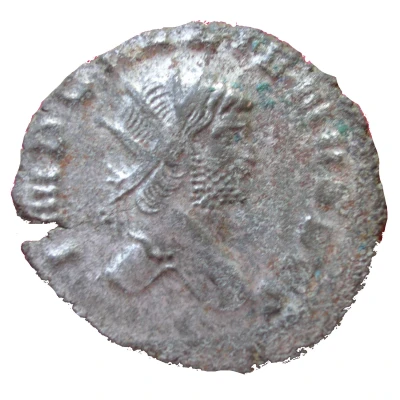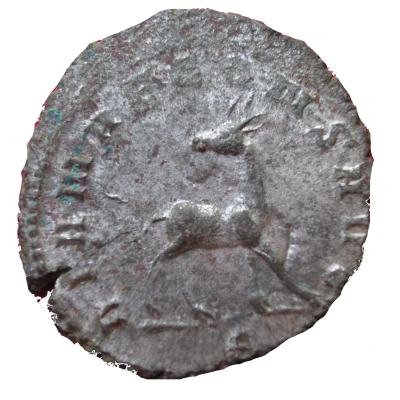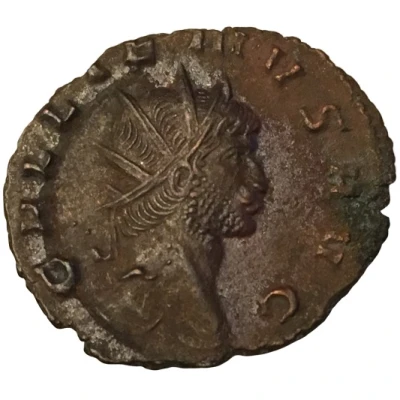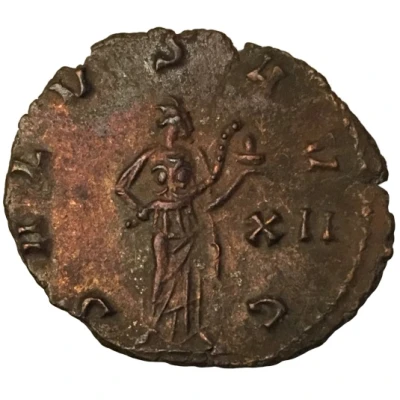


© lesalyen
Antoninianus - Gallienus DIANAE CONS AVG; Doe
| Silver | 3.43 g | 22 mm |
| Issuer | Rome › Roman Empire (27 BC - 395 AD) |
|---|---|
| Emperor | Gallienus (Publius Licinius Egnatius Gallienus) (253-268) |
| Type | Standard circulation coin |
| Years | 265-268 |
| Value | Antoninianus (1) |
| Currency | Antoninianus, Reform of Caracalla (AD 215 – 301) |
| Composition | Silver |
| Weight | 3.43 g |
| Diameter | 22 mm |
| Shape | Round (irregular) |
| Technique | Hammered |
| Orientation | Coin alignment ↑↓ |
| Demonetized | Yes |
| Updated | 2024-10-05 |
| Numista | N#64985 |
|---|---|
| Rarity index | 72% |
Reverse
Doe walking right looking backwards. (A)
Doe walking left looking backwards (B)
Epsilon (ε) or do (●) in exergue.
Script: Latin
Lettering:
DIANAE CO NS AVG
ε
Edge
Rough
Interesting fact
The Antoninianus coin was issued during the reign of Gallienus, who was the Roman Emperor from 260 to 268 AD. During his reign, the Roman Empire was facing numerous challenges, including invasions by barbarian tribes and internal conflicts. Despite these challenges, Gallienus was able to maintain the empire's stability and issue coins like the Antoninianus, which was a standard circulation coin at the time. The coin's design features the image of Gallienus on one side and the goddess Diana on the other. The inscription "DIANAE CONS AVG" means "Diana, companion of the emperor," highlighting the close relationship between the emperor and the goddess. The coin's silver content and weight of 3.43 grams also reflect the value and importance of silver during that time period. Overall, the Antoninianus coin is an interesting piece of history that provides insight into the Roman Empire's economy, politics, and religious beliefs during the 3rd century AD.

